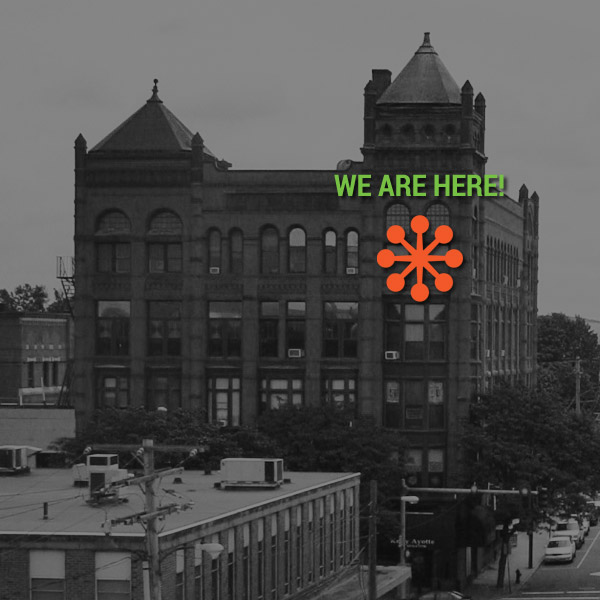So, what exactly is a bounce rate and why is it such a critical metric? Bounce rate tells you how long a visitor is staying on a page and if you have provided them with enough interest to keep exploring your site. If you are not providing the interest then they will quickly “bounce” away from your site to, perhaps, see what your competition is offering. Bounce rates that are too high mean you must make some fast changes or risk losing the traffic you need to succeed. New research published by Soocial establishes some guidelines for your bounce rate strategy. The following is taken directly from that published data:
-
RocketFuel’s data analysis shows a bounce rate of 26% to 40% is great. Still, it’s not the bounce rate most websites have. A low bounce rate is noticeable in websites that work perfectly, which is incredibly rare (not lower than 20%, though). Apart from that, 41 to 55% is around average, while between 56% and 70% is higher than average.
- As social bounce rate stats reveal, the standard bounce rate for traffic referred from social media platforms is roughly 50%. But, of course, every social media platform is unique and engaging visitors varies from platform to platform.
- A high email bounce rate means that the rate of people not seeing the information you want to share is high, which can be incredibly frustrating. That’s why a typical email bounce rate is less than 2%.
- If you own a B2B website and notice a bounce rate of over 55%, something’s not quite right. Of course, some pages will stand out, like contact us pages, for instance. It’s entirely acceptable to tolerate a higher bounce rate on such pages as visitors access basic information like email, phone, or address.
- If you own a B2B website and notice a bounce rate of over 55%, something’s not quite right. Of course, some pages will stand out, like contact us pages, for instance. It’s entirely acceptable to tolerate a higher bounce rate on such pages as visitors access basic information like email, phone, or address.
- Bounce rate statistics point out that eCommerce websites have a bounce rate of around 47%, on average. Confirmation pages are expected to have a higher bounce rate as they’re typically the last step of a visitor’s goal and leave right after that.
- According to the website bounce rate statistics from Go Rocket Fuel’s report, the lowest number of bounces comes from desktop devices. On the other hand, mobile bounce rates are usually the highest, which can happen if websites aren’t optimized for smaller screens.
- According to website speed bounce rate statistics, the load speed can drastically influence bounce rates. The statistics further reveal that four in ten visitors will abandon a website if it takes more than three seconds to load.Website load speed is vital, especially for eCommerce websites. Google’s data shows that bounce rates can go as high as 90% due to the load time of five seconds on mobile devices. The longer it takes to load, the higher the bounce rate.
-Written by Kevin Sawyer


